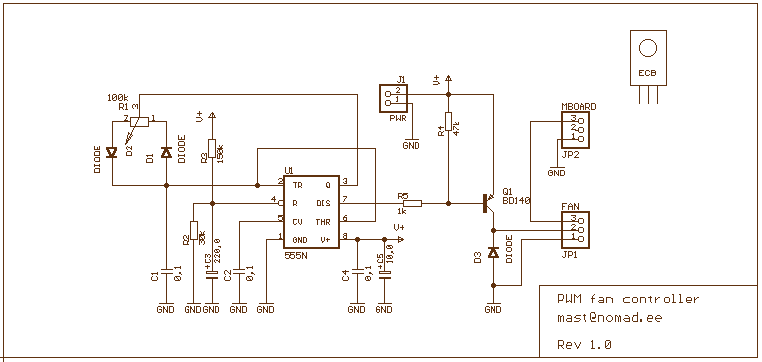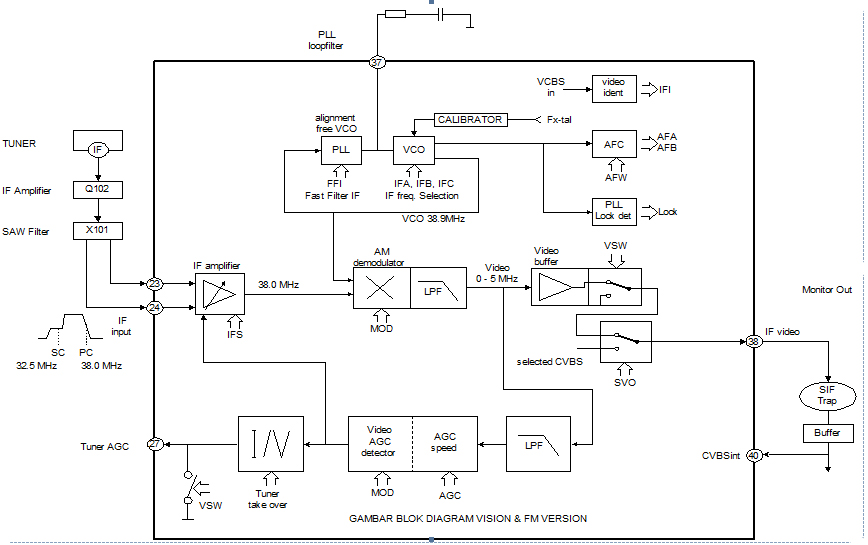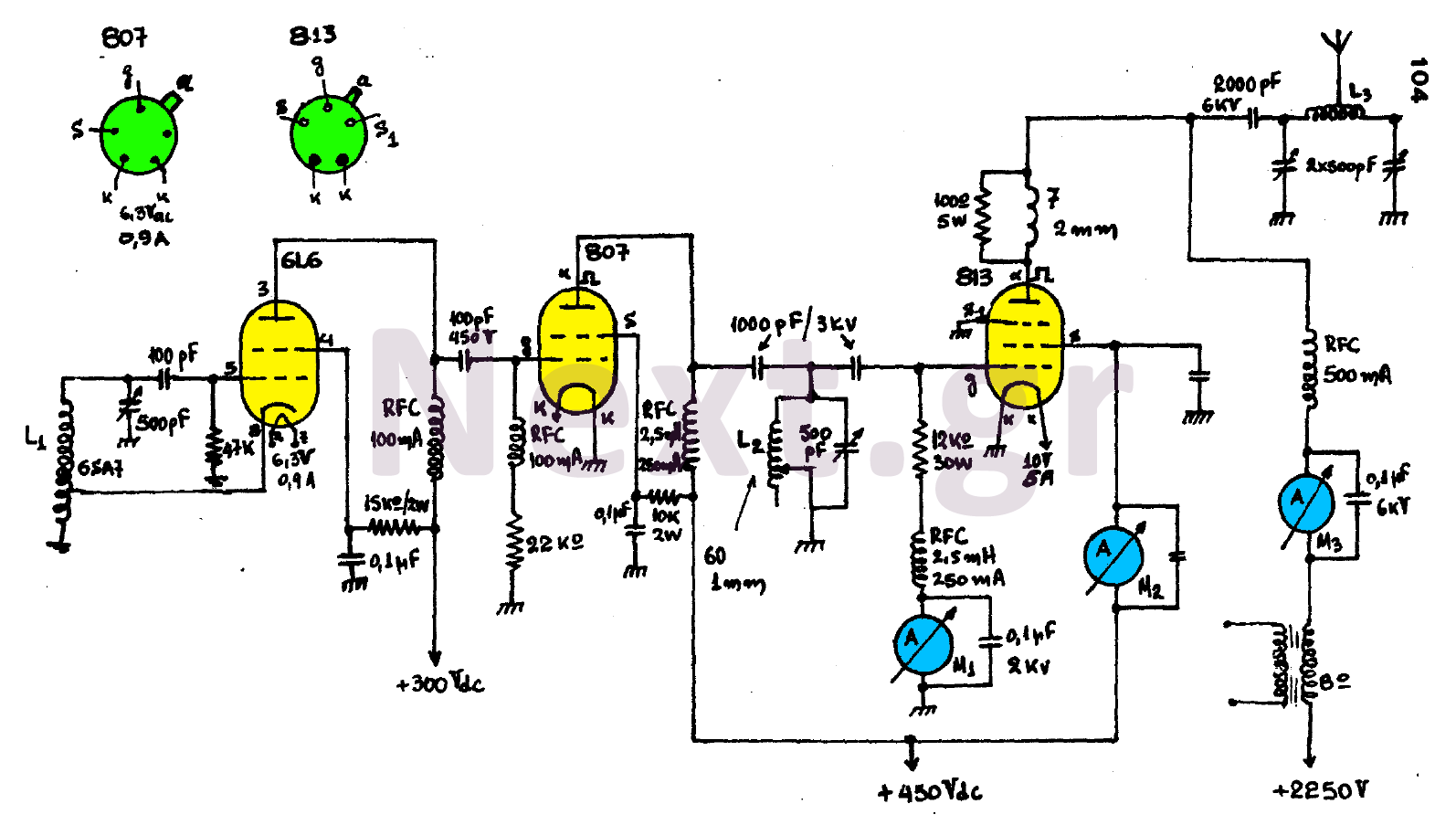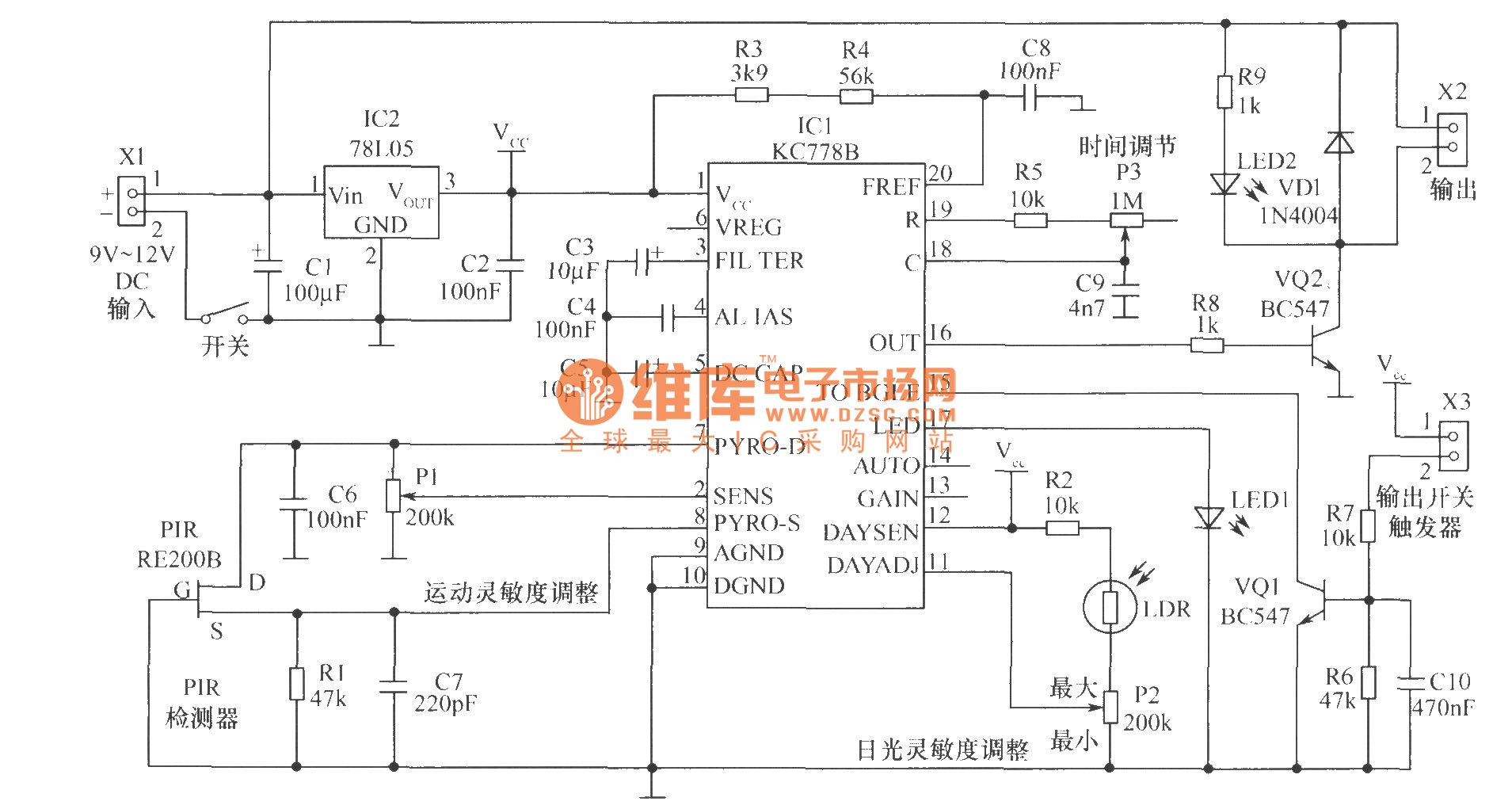
ZKJ-S-type buffer controller circuit

The ZKJ-S-type buffer controller circuit is designed for motor starting slip control. This buffer controller is composed of two operational amplifiers, Ai and Az. The operational amplifier Ai functions as a speed amplifier that saturates, while Az acts as an integrator. The circuit includes a variable resistor, RP2, and resistors RPa, which can adjust the rate of change of the output voltage, thereby modifying the slip during the motor's acceleration and deceleration phases.
The ZKJ-S-type buffer controller circuit utilizes two key operational amplifiers to achieve effective motor control. The first operational amplifier, Ai, serves as a speed amplifier and is configured to operate in saturation mode, which enhances the responsiveness of the system to changes in input signals. This saturation characteristic allows for rapid adjustments in output, making the circuit suitable for applications that require quick motor acceleration or deceleration.
The second operational amplifier, Az, functions as an integrator. This integration capability is crucial for processing the input signals over time, providing a smooth control response that mitigates abrupt changes in motor speed. By integrating the input signal, Az helps maintain a steady output voltage that reflects the desired motor speed, thus facilitating more precise control.
The inclusion of the variable resistor RP2 and the fixed resistor RPa allows for customization of the circuit's response characteristics. By adjusting RP2, the rate of change of the output voltage can be modified, which directly influences the motor's slip during acceleration and deceleration. This feature enables fine-tuning of the motor's performance to suit specific operational requirements, enhancing both efficiency and control.
Overall, the ZKJ-S-type buffer controller circuit exemplifies a robust design for slip control in motor applications, leveraging the capabilities of operational amplifiers to achieve precise and responsive motor control.As ZKJ-S-type buffer controller circuit for motor starting slip control. Buffer controller by the two operational amplifier Ai and Az composition. Ai constitute a speed amplifier saturated, Az constitute an integrator. Blame saving locator RP2, RPa, can change the rate of change of the output voltage, that is changing the slip of the motor acceleration and deceleration degree.
The ZKJ-S-type buffer controller circuit utilizes two key operational amplifiers to achieve effective motor control. The first operational amplifier, Ai, serves as a speed amplifier and is configured to operate in saturation mode, which enhances the responsiveness of the system to changes in input signals. This saturation characteristic allows for rapid adjustments in output, making the circuit suitable for applications that require quick motor acceleration or deceleration.
The second operational amplifier, Az, functions as an integrator. This integration capability is crucial for processing the input signals over time, providing a smooth control response that mitigates abrupt changes in motor speed. By integrating the input signal, Az helps maintain a steady output voltage that reflects the desired motor speed, thus facilitating more precise control.
The inclusion of the variable resistor RP2 and the fixed resistor RPa allows for customization of the circuit's response characteristics. By adjusting RP2, the rate of change of the output voltage can be modified, which directly influences the motor's slip during acceleration and deceleration. This feature enables fine-tuning of the motor's performance to suit specific operational requirements, enhancing both efficiency and control.
Overall, the ZKJ-S-type buffer controller circuit exemplifies a robust design for slip control in motor applications, leveraging the capabilities of operational amplifiers to achieve precise and responsive motor control.As ZKJ-S-type buffer controller circuit for motor starting slip control. Buffer controller by the two operational amplifier Ai and Az composition. Ai constitute a speed amplifier saturated, Az constitute an integrator. Blame saving locator RP2, RPa, can change the rate of change of the output voltage, that is changing the slip of the motor acceleration and deceleration degree.





